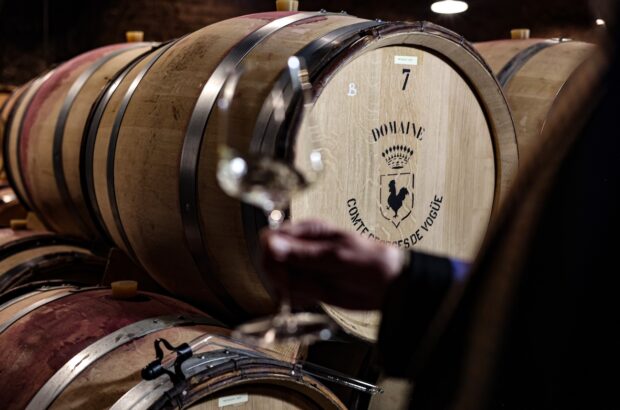As harvest starts in Austria winemakers are predicting a vintage with excellent ripeness but with volume down by nearly a quarter, as a result of millions of euros damage from catastrophic weather conditions earlier in the year.
Wachau: least hit
Heavy May frosts and severe hailstorms in May and July caused €22m in vineyard damages across the country, according to Österreichische Hagelversicherung (Austrian Hail Insurance).
Regions that suffered most, especially the Kamptal and Weinviertel, which were hit by the frosts, and the hail-pummeled Steiermark, Burgenland and Thermenregion, fortunately have been compensated by a long, hot and generally sunny summer
This, as in other parts of Europe, saw temperatures often hovering between 30º –35ºC and means harvest has been up to two weeks earlier than usual.
Josef Pleil, president of the Austrian Winegrowers’ Association said nearly 10,000ha of vineyards were affected by the bad weather, with 4000 of them ‘a total loss’.
‘So we expect a total volume of around 2.2m hectoliters this year, down from 2.9m last year. Still, with the ongoing pleasant conditions, grapes in the undamaged vineyards are showing beautiful ripeness and sugar.’
‘If nothing severe happens in the coming weeks, then it will be a warm, very mature vintage, perhaps in the direction of 2003,’ Michael Moosbrugger, who runs Schloss Gobelsburg in the Kamptal said.
Michael Malat of the Kamptal’s Weingut Malat said: ‘This vintage will be somewhere between 2010, which had higher acidity and lower alcohol, and 2011, which tended toward lower acidity and higher alcohol.’
According to the Austria Statistik office, the Kamptal, which is home to top Grüner Veltliner and Riesling sites such as Lamm and Heiligenstein, is likely to harvest 37% fewer grapes than last year.
The Wachau, Austria’s most renowned Grüner Veltliner and Riesling region, is expecting only a 12% quantity drop, while the Weinviertel, which accounts for over 40% of the country’s entire production of Grüner Veltliner, faces an estimated 43% drop.
Written by Darrel Joseph in Vienna







